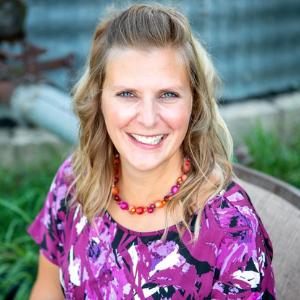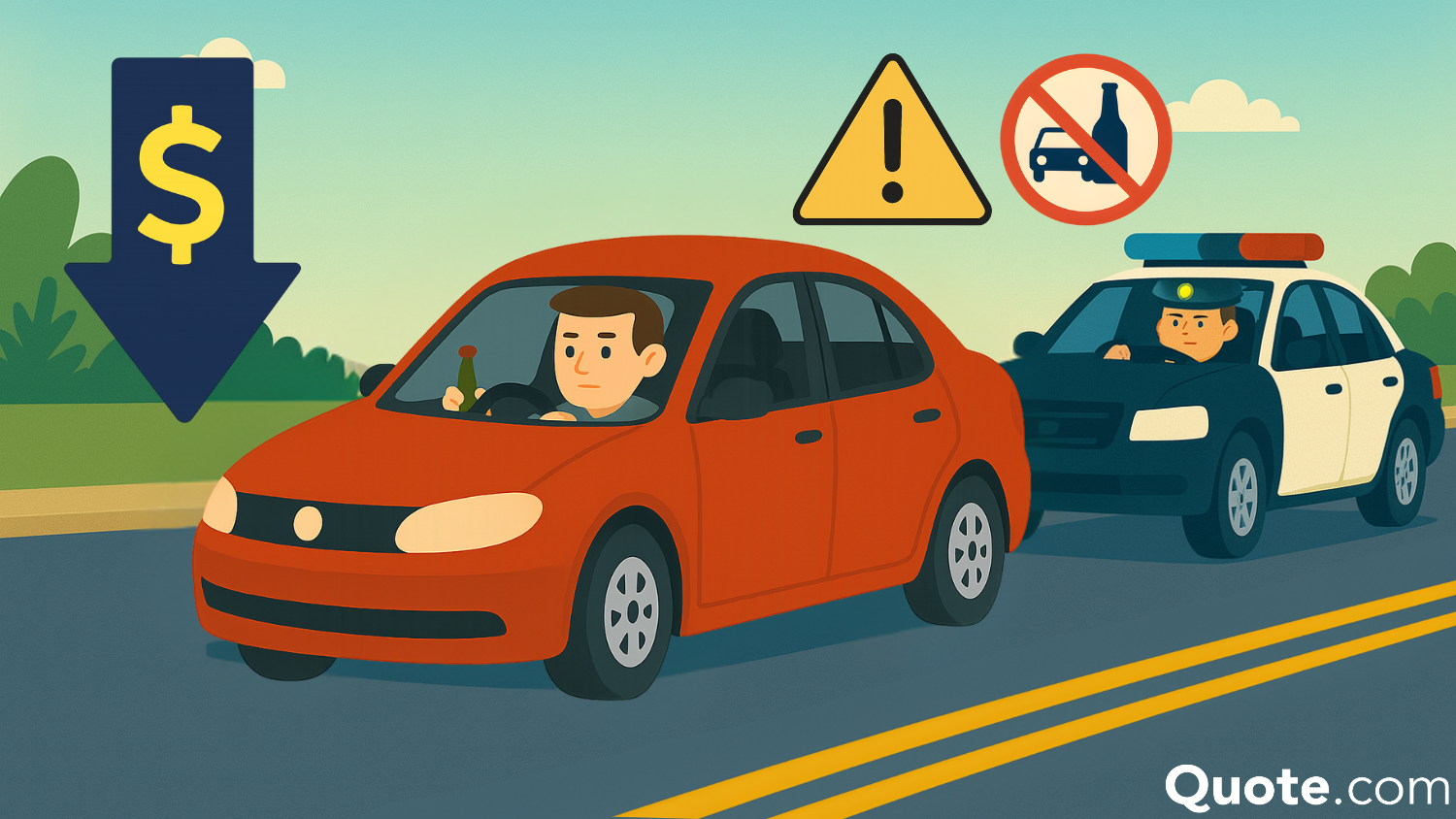Traffic Collision Reconstruction
Secured with SHA-256 Encryption




Table of Contents
Table of Contents


Published Insurance Expert
Melanie Musson, a published insurance expert, is the fourth generation in her family to work in the insurance industry. Over the past two decades, she has gained in-depth knowledge of state-specific insurance laws and how insurance fits into every person’s life, from budgets to coverage levels. She specializes in autonomous technology, real estate, home security, consumer analyses, investing, di...
Melanie Musson


Senior Director of Content
Sara Routhier, Senior Director of Content, has professional experience as an educator, SEO specialist, and content marketer. She has over 10 years of experience in the insurance industry. As a researcher, data nerd, writer, and editor, she strives to curate educational, enlightening articles that provide you with the must-know facts and best-kept secrets within the overwhelming world of insurance....
Sara Routhier


Licensed Insurance Agent
Brad Larson has been in the insurance industry for over 16 years. He specializes in helping clients navigate the claims process, with a particular emphasis on coverage analysis. He received his bachelor’s degree from the University of Utah in Political Science. He also holds an Associate in Claims (AIC) and Associate in General Insurance (AINS) designations, as well as a Utah Property and Casual...
Brad Larson
Updated September 2025

The scene of the accident
-
1 Tire marks
-
2 Road scars
-
3 Furrows
-
4 Debris
-
5 Damage to fixed objects
-
6 Final rest position
-
7 Contact damage
-
8 Induced damage
Evidence from the environment
Tire marks
Differences in tire marks can help determine the original position, direction, and speed of each vehicle involved in the collision; they are often one of the most important factors in determining how and why a collision occurred. Tire marks are usually broken down into the following categories:
-
1 Impending skid
The impending skid is where the skid actually starts, but may be difficult to see. Braking is most effective at this point because friction is occurring between the tire and the road surface, and the tire is still rotating and not sliding yet.
-
2 Locked wheel
A locked wheel skid happens when the tires stops rotating, causing it to slide. The striations in the skid will be parallel with the skid and the skid will be in a fairly straight line.
-
3 Skips
Skips may indicate that the vehicle was bouncing while the tires were locked and are usually closer together than gaps [4]. The most common reason for skips is a bouncing semi trailer, though it can also be caused by road bumps or the collision.
-
4 Gaps
Gaps occur when the driver applies and releases or “pumps” the brakes multiple times. The gaps are usually about 15-20 feet apart, but can vary depending on the speed of the vehicle and the driver’s reaction time.
-
5 Waves
“Wavy” tire marks usually indicate that the vehicle was accelerating. In most cases, acceleration marks begin very dark and fade out near the end as the speed of the vehicle catches up to the speed of the tire
-
6 ABS (Anti-lock braking system)
ABS skid marks are usually lighter, more difficult to distinguish, and fade more quickly on the road. This is because the technology behind ABS systems decreases the likelihood that the tire will skid.
-
7 Scuffs (yaw marks, centrifugal skids)
Scuff marks are caused by steering, not braking. Sometimes referred to as “critical speed” marks, scuff marks usually occur when the vehicle is turning with too much force for the tires to handle. The tire is rolling and slipping sideways at the same time; this results in a curved skid with unique striations that are created by the outside edge of the tire and are more perpendicular to the skid mark.
-
8 Tread prints
Tread prints are not smeared and indicate that the vehicle was “rolling” through an area, not skidding.
-
9 Collision scrubs
Collision scrubs are not made by braking, but by the collision force causing the tires to move or spin in a certain way. Usually not more than 10-15 feet in length, collisions scrubs can be identified when a skid mark changes direction abruptly. Sometimes, they are the only mark that displays exactly where the collision occurred.
Determining vehicle speed from a skid
Using the length of a skid [1], combine with the condition of the pavement [2], the speed of a vehicle can be determined fairly accurately. In this example, the skid length is about 50 feet (about 15 meters) and the pavement is dry.
One way of determining the speed of a vehicle from a skid is by solving the following equation: V = √(30 x d x f) where V = velocity, d = distance, and f = the coefficient of friction. The coefficient of friction on dry pavement is about .77, so the filled out equation would look like this: V = √(30 x 50 x .77), so V = 33.985. About 34 MPH.
Other evidence from the environment
-
1 Road scars
When pavement material has been removed by a metal part of the vehicle, a scar is created.
-
2 Furrows
Furrows indicate that the vehicle was rolling or skidding through softer materials like dirt, snow, or mud.
-
3 Debris
Debris can include vehicle parts that got separated from the vehicle as well as dirt, mud, rust, paint, vehicle fluids, or parts of the roadway that are spread throughout the collision area.
-
4 Damage to fixed objects
Fixed objects in the scene are sometimes also damaged by the collision. Fixed objects can include guardrails, posts, trees, buildings, etc.
Evidence from the vehicle
-
1 Final rest position
-
2 Contact damage
Contact damage is any damage caused to the vehicle by direct contact with an outside object, including other vehicles.
-
3 Induced damage
Induced damage is caused by collision-related forces. The blue car’s windshield displays an even crack pattern throughout, caused by backward pressure from the crumple zone and hood. In contrast, a small hole and accompanying “spider web” crack pattern might indicate external debris as the cause (contact damage).
Using the evidence to reconstruct the collision
After this crash has been reconstructed, a verdict could be made that the blue car was traveling too fast to safely navigate the curve and slid into the red truck.
Skid marks produced by the blue car include scuffs (centrifugal skids) caused by loss of traction in a turn or curve, as opposed to braking force. Collision scrub marks further indicate that the car was over the double yellow lines when it made contact with the red truck.
The final resting position in relation to the collision scrub marks shows that, though the blue car has less mass than the red truck, the red truck was pushed backwards after the collision. This reinforces the evidence that the blue car may have been traveling too fast into the curve to properly control the vehicle.
The skid marks from the red truck show that the driver became aware of the impending collision and attempted to avoid it by braking hard.
References
- (2016). Retrieved 21 July 2016, from http://www.co.wise.tx.us/constable/downloads/traffic%20accident%20investigation.pdf
- (2016). Retrieved 21 July 2016, from http://resources.learningforlife.org/exploring/lawenforcement/study/traffic3.pdf
- (2016). Waltersforensic.com. Retrieved 21 July 2016, from http://www.waltersforensic.com/articles/accident_reconstruction/vol1-no4.htm
- BeamNG.drive (Version 0.5.4). (2016). From http://www.beamng.com/
- Forensic engineering. (2016). Wikipedia. Retrieved 21 July 2016, from https://en.wikipedia.org/wiki/Forensic_engineering
- Motor-Vehicle Crash Reconstruction Services. (2016). Crashforensics.com. Retrieved 21 July 2016, from https://www.crashforensics.com/crashreconstruction.cfm
- Skid mark. (2016). Wikipedia. Retrieved 21 July 2016, from https://en.wikipedia.org/wiki/Skid_mark
- SPEED FROM SKIDMARK CHART. (2016). Retrieved 21 July 2016, from http://www.collisionrecon.com/pdf/SpeedFromSkidmarkChart.pdf
- Traffic & Vehicular Training for Law Enforcement: At-Scene Traffic Accident Investigation. (2016). Patc.com. Retrieved 21 July 2016, from http://www.patc.com/courses/traffic-atscene.shtml
- Traffic collision. (2016). Wikipedia. Retrieved 21 July 2016, from https://en.wikipedia.org/wiki/Traffic_collision
- Traffic collision reconstruction. (2016). Wikipedia. Retrieved 21 July 2016, from https://en.wikipedia.org/wiki/Traffic_collision_reconstruction
- Traffic Crash Investigations A Training Guide for Law Enforcement Officers. (2016) (1st ed., p. i – cx). Retrieved from Traffic Crash Investigations A Training Guide for Law Enforcement Officers PDF DOWNLOAD

Get a FREE Quote in Minutes
Insurance rates change constantly — we help you stay ahead by making it easy to compare top options and save.






